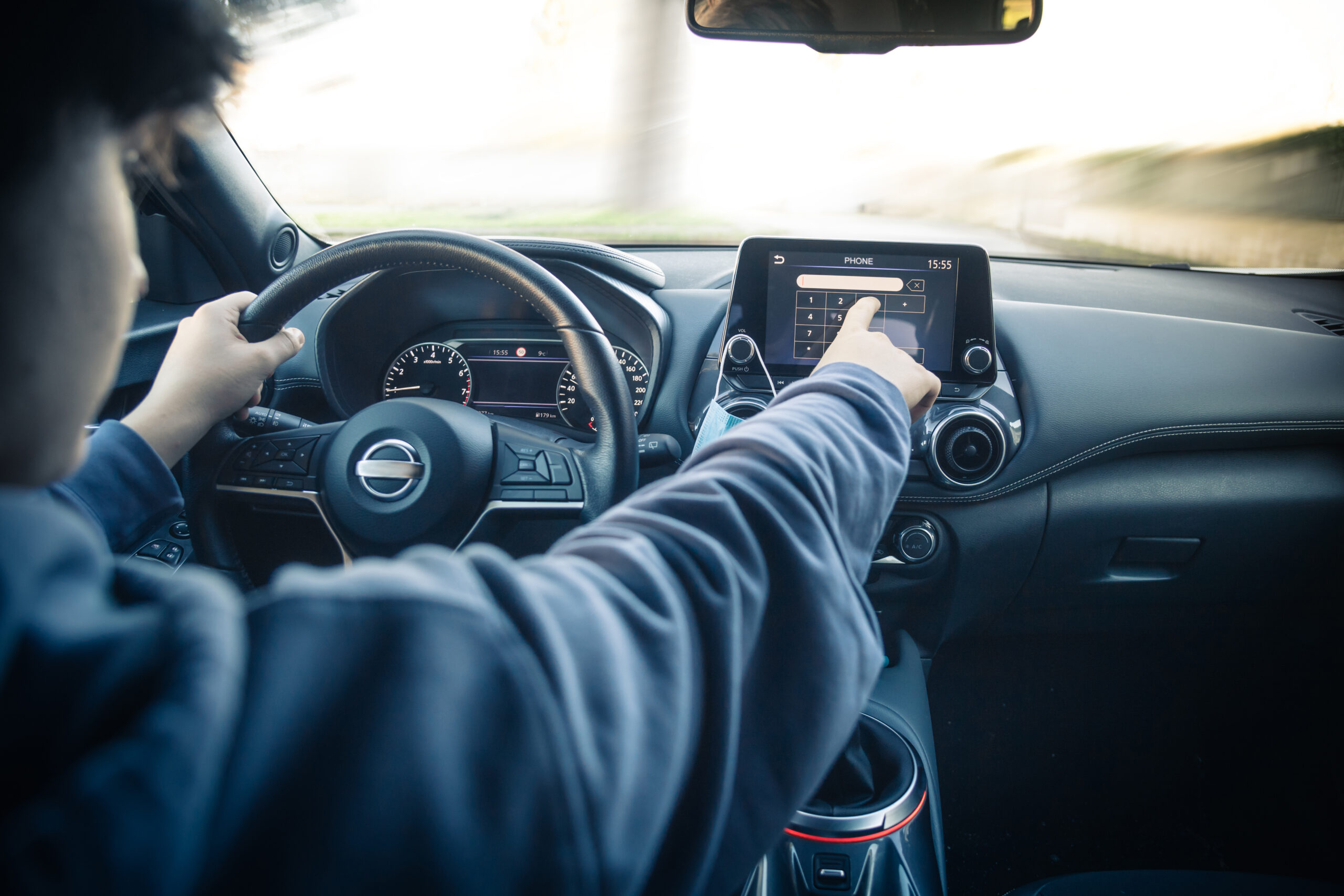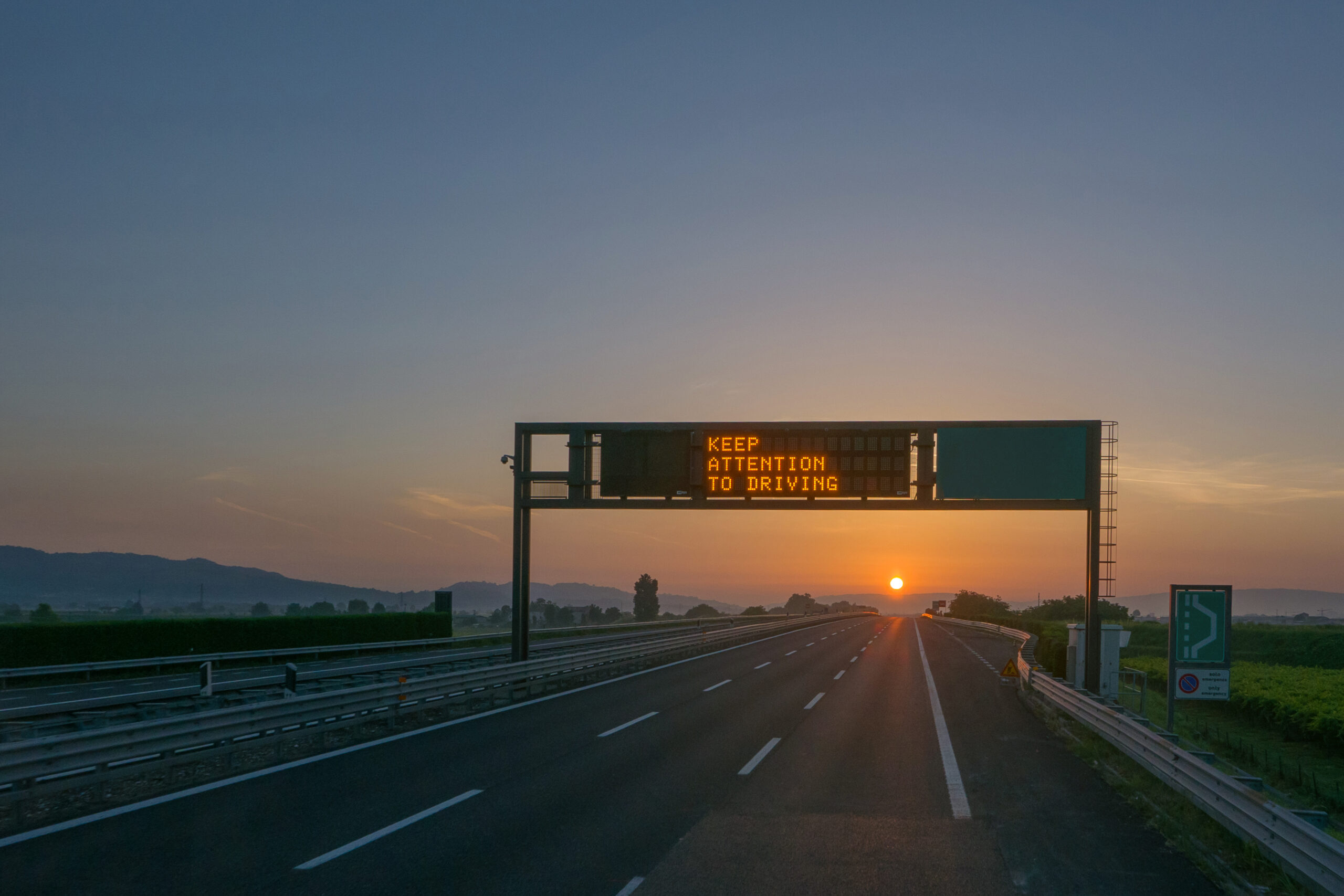By:
VNC Automotive
Date:
27th July 2022
Research1 suggests that driver distraction and inattention are considered factors in nearly half of all fatal and serious injury accidents. With cars now bristling with more technology than ever before, connectivity expert VNC Automotive believes it’s time we recognised that the modern car interior is at risk of becoming almost as distracting as what’s going on outside.
“Competition for driver attention has never been greater,” says Tom Blackie, CEO, VNC Automotive. “The roads are busier than ever, touchscreens dominate vehicle interiors, and we’re living increasingly connected lives. That means there are now many more opportunities for a driver’s focus to be elsewhere.”
Not only that, but modern cars are laden with systems keen to issue a cacophony of warnings and alerts, chastising us for straying over a white line without indicating, or demanding we take a break when we’re miles from the nearest service area.
“They’ve become the ultimate back-seat driver,” says Blackie, “interrupting the task of driving to issue critique but with not enough context to be useful.”
It’s easy to see how we got here. Purely passive safety measures such as airbags and crumple zones have now reached2 the limit of their potential, with no further major developments expected. In addition, visibility has taken a back seat in favour of occupant protection and aesthetic considerations, leading to high shoulder lines, thick pillars and smaller window openings that result in narrower fields of vision for the driver.
“There’s a subtle yet significant difference between an interface that offers a slick window onto a digital world and one that buries basic functionality at the centre of a labyrinth.”
To compensate, the industry has adopted active technologies that rely on externally-mounted cameras, radar and other sensors, and with each new vehicle generation it seems more of the responsibilities of driving are delegated to them.
So entrenched is this approach that testing bodies such as Euro NCAP now demand their installation before awarding the full complement of stars, even going as far as to hold back points should a required feature not be fitted as standard.
However, there is evidence3 to suggest that newer cars are now more likely to be involved in accidents at junctions or when joining traffic, scenarios where distraction can be particularly dangerous. And while the risks associated with long glances away from the road – such as when interacting with a mobile phone – are well understood, more research is needed on the impacts of multiple short glances that are typical when interacting with a touchscreen, for example.
“Our experience gained as a result of having our technology installed in 35 million vehicles worldwide has shown us that there’s a subtle yet significant difference between an interface that offers a slick window onto a digital world and one that buries basic functionality at the centre of a labyrinth. As advocates for technology that makes interactions easier by not getting in the way, we design our interfaces to reduce the need for confirmatory glances away from the road. Perhaps the time has come to recognise the seriousness of this challenge and ask our safety organisations to develop formal assessments for in-vehicle distraction,” suggests Blackie.

Euro NCAP may already be on the case. From 2023, vehicles will need to be fitted with direct driver monitoring4 to stand a chance of achieving a full score in the Occupant Status Monitoring (OSM) category, with the system doling out warnings should a driver’s attention stray too far from the task of driving.
This raises the prospect of a driver being admonished for delving into a touchscreen menu to adjust the temperature, for example, an unappealing situation that any car manufacturer will undoubtedly be keen to address. But it also introduces the possibility of adjusting a vehicle’s systems in response to the driver’s current attention level. ADAS features such as forward collision warning could adjust their sensitivity to deliver warnings sooner should a driver’s attention be elsewhere, while the opposite could also be true, offering less intrusive feedback if a driver is judged to be much more alert. It might even be possible to adjust the layout of in-vehicle screens in response to the situation at hand, simplifying the display on a busy motorway, for example.
In the meantime, the industry continues to look towards a future that uses increasing vehicle autonomy to legitimise opportunities for drivers to take their eyes off the road.
“If we’re to expect drivers to be able to resume control should an assistance feature not perform as expected, understanding both physical and cognitive distraction is only going to become more important,” concludes Blackie.
[1] Enhanced Crash Investigation Study (ECIS): Report 1: Overview and Analysis of Crash Types, Injury Outcomes and Contributing Factors, M Fitzharris, Monash University Accident Research Centre
[2] Methodological framework and database for socio-economic evaluation of Intelligent Vehicle Safety Systems, Deliverable D3, eIMPACT Consortium
[3] Field of vision of modern cars – a study to improve the evaluation of car geometries based on real world accident scenarios documented in the ADAC Accident Research, M Pschenitza et al
[4] Assessment Protocol – Safety Assist – Safe Driving, Euro NCAP
For further press information or to arrange an interview, please contact marketing@vncautomotive.com
You might also like:
>> Out of touch: how the relentless rise of the touchscreen is undermining the user experience
>> Skills shortage may stunt the auto industry’s software ambitions
>> Just-Auto Q&A: with Tom Blackie, CEO at VNC Automotive
VNC Automotive
27th July 2022
